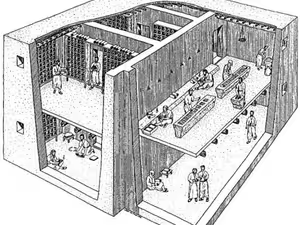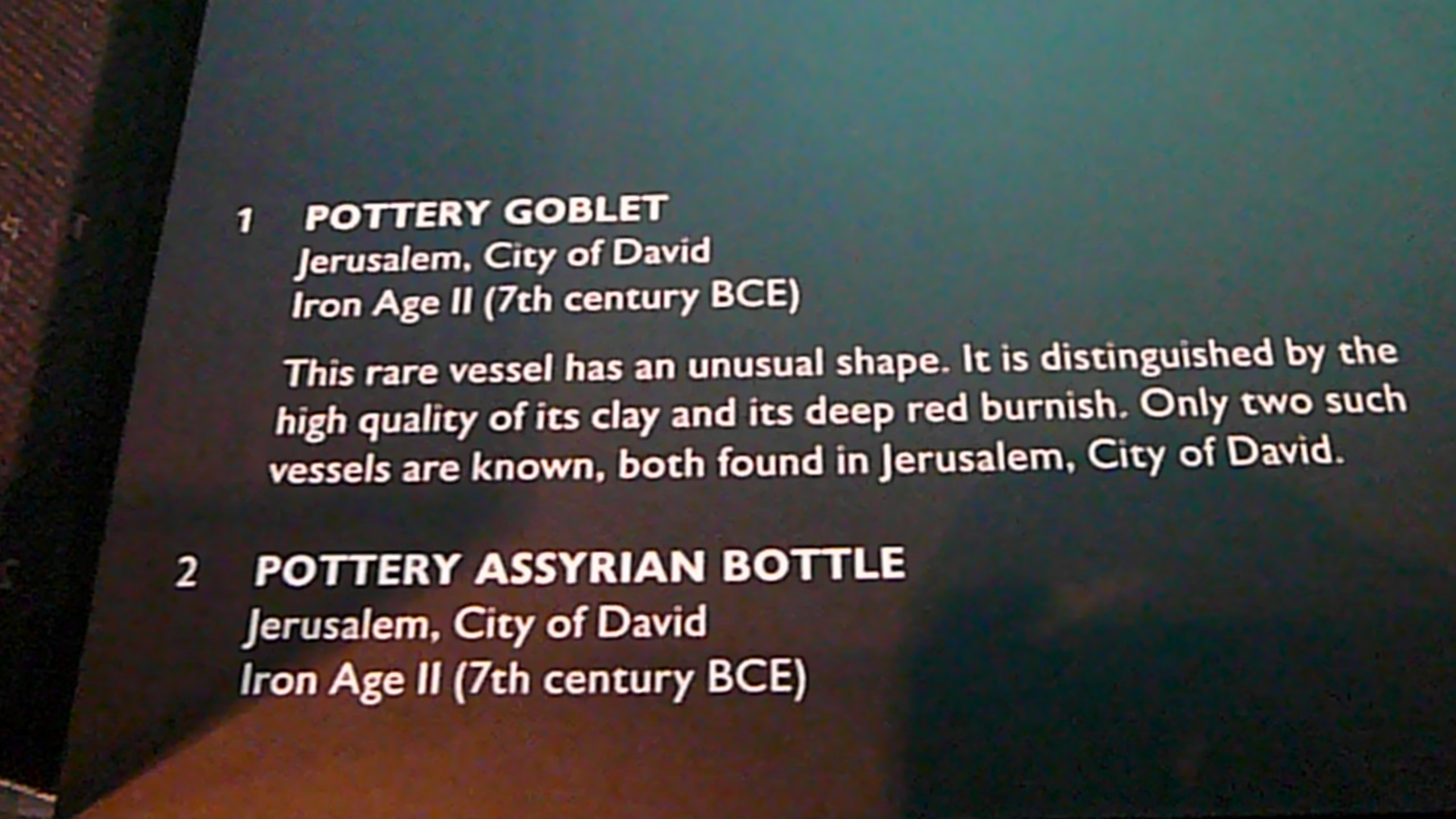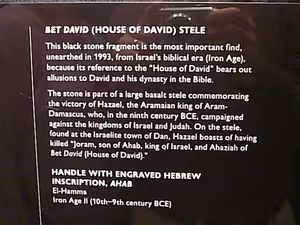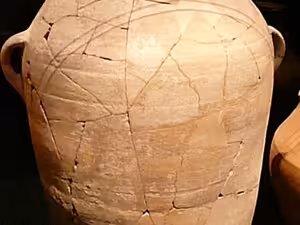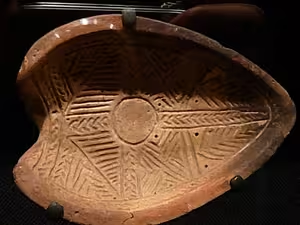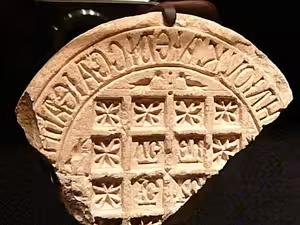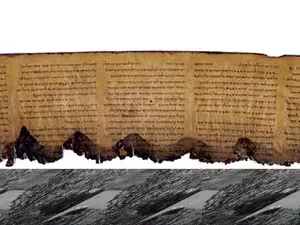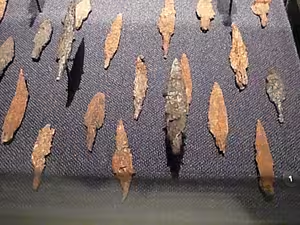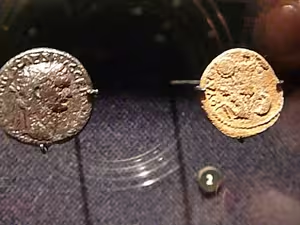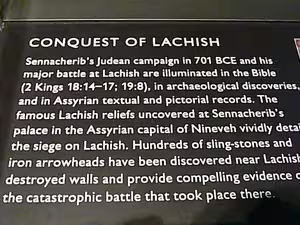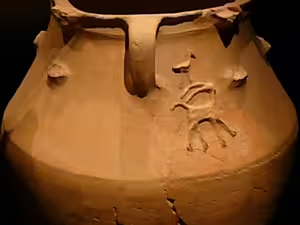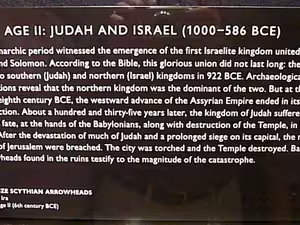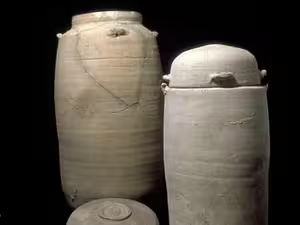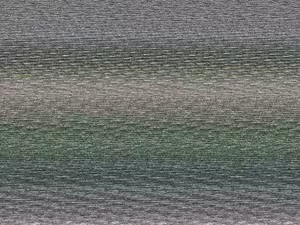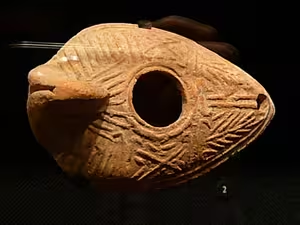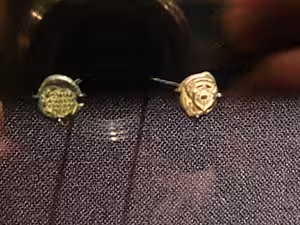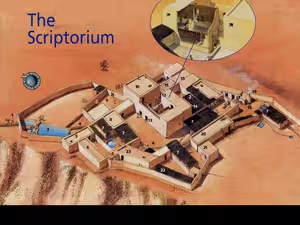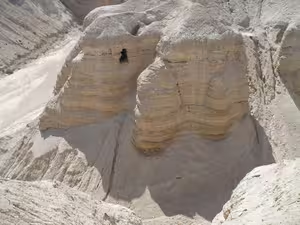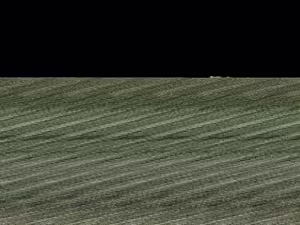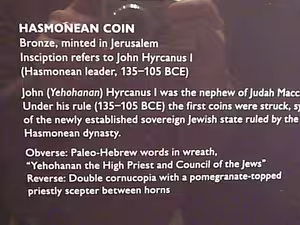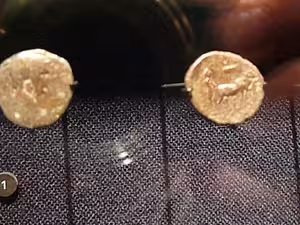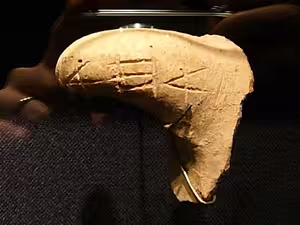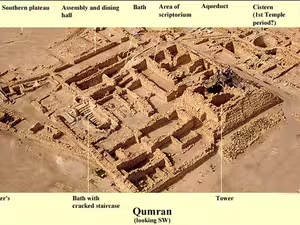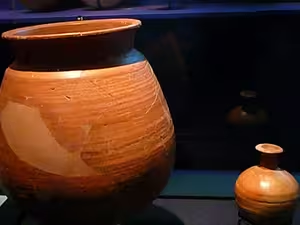The Dead Sea Scroll texts are of great historical, religious, and linguistic significance because they include the third oldest known surviving manuscripts of works later included in the Hebrew Bible canon, along with deuterocanonical and extra-biblical manuscripts which preserve evidence of the diversity of religious thought in late Second Temple Judaism. Biblical text older than the Dead Sea Scrolls has been discovered only in two silver scroll-shaped amulets containing portions of the Priestly Blessing from the Book of Numbers, excavated in Jerusalem at Ketef Hinnom and dated c. 600 BCE. A burnt piece of Leviticus dating from the 6th century CE analyzed in 2015 was found to be the fourth-oldest piece of the Torah known to exist.
DESC:Dead Sea Scrolls Exhibit/Qumran_Scriptorium.jpg|Qumran_Scriptorium
DESC:Dead Sea Scrolls Exhibit/17-7-Qumran.jpg|17-7-Qumran
DESC:Dead Sea Scrolls Exhibit/ScrollsJars.jpg|
DESC:Dead Sea Scrolls Exhibit/18-9-QumranQuadroBig.jpg|18-9-QumranQuadroBig
DESC:Dead Sea Scrolls Exhibit/17-10-reconstruction-of-the-scriptorium.jpg|

